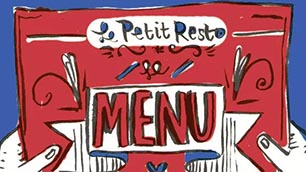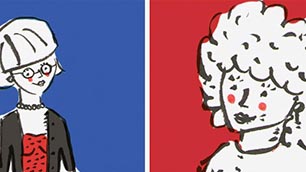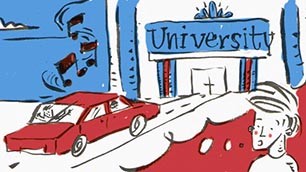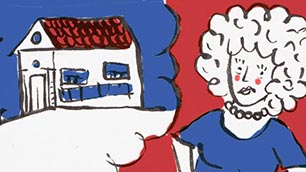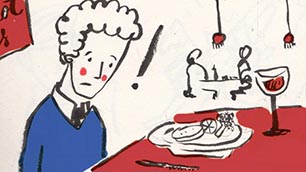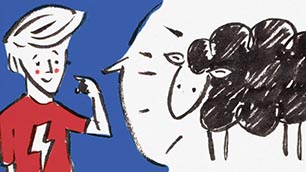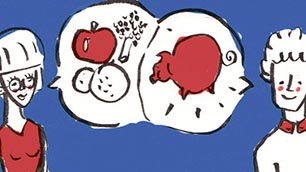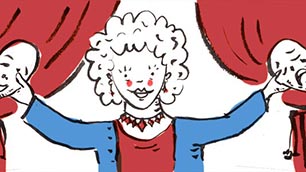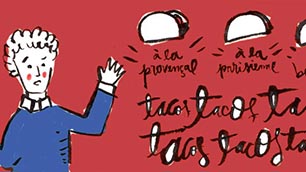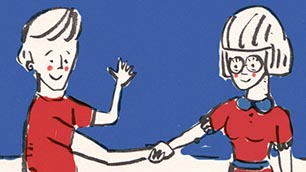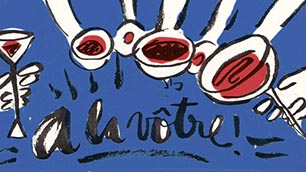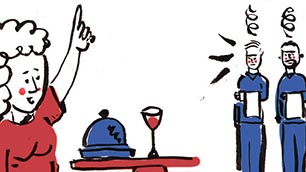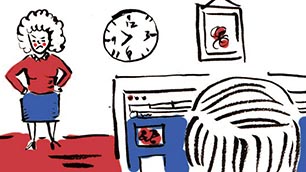| Valérie: | Nous allons continuer à parler des pronoms d’objets direct, mais cette fois, en relation avec le passé composé. Si l’objet direct est placé avant le participe passé, les choses changent un peu. Le participe passé...must agree with the direct object. Par exemple, dans la phrase : je mange une tarte. Est-ce que tu peux remplacer l’objet par un pronom ? |
| Kevin: | L’objet est...une tarte...féminin et singulier...je la mange. |
| Valérie: | Excellent. Maintenant, nous allons mettre la phrase au passé composé. J’ai mangé la tarte. Tu peux remplacer l’objet par le pronom ? |
| Kevin: | Je l’ai mangée...with one extra e in the end for the feminine agreement. |
| Valérie: | Parfait ! Nous n’entendons pas la différence mais quand tu écris, tu peux la voir. Je crois que tu n’as pas besoin de plus d’explications. Cette leçon, tu l’as bien étudiée. |




